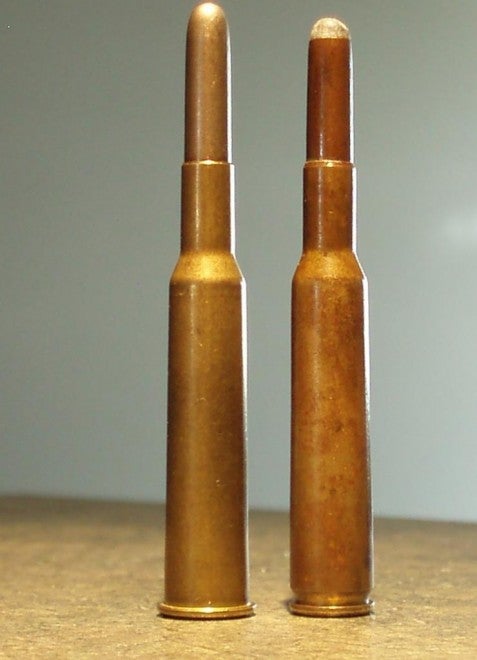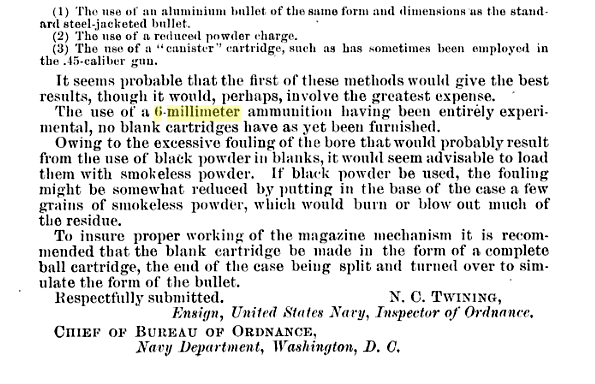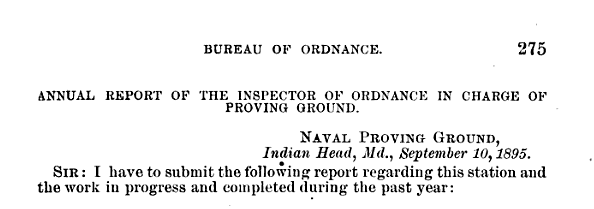The subject of the 6mm Lee Navy, the US military’s shortest-serving cartridge, and also its first metric rifle cartridge, was raised in the comments section of the most recent installment of my series on the Lightweight Rifle Program of 1945-1957. There was some confusion over what, exactly, the 6mm Lee Navy was: Was it a modified 6.5mm Carcano, was it rimmed, or semi-rimmed, or was it rimless? One might think this debate is easily solved by just looking at a round of 6mm, or a rifle that fires it, but there exist multiple different kinds of 6mm ammunition, some rimmed and some rimless, and the .220 Swift, which is based on the 6mm Lee Navy, is semi-rimmed.
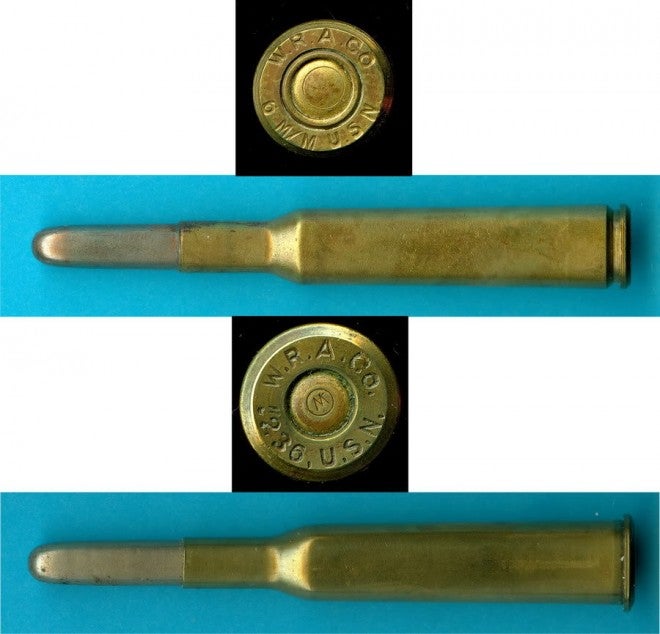
6mm Lee Navy, formally the “6mm U.S.N.”, top. A rimless cartridge, but what about the rimmed .236 U.S.N. below? Image source: iaaforum.org
Looking at production ammunition for the 6mm Lee Navy, we see that the round the Navy eventually used was indeed rimless, but Wikipedia’s article on the 1895 Winchester-Lee rifle raises the question of what round was initially adopted – was it rimmed or rimless? Fortunately, we can find out for sure by looking at the Annual Report of The Secretary of The Navy from the relevant years of 1894-1895. We see in a discussion of a prototype turn-bolt Luger rifle in late 1894, before adoption, the 6mm Lee Navy was indeed rimmed:
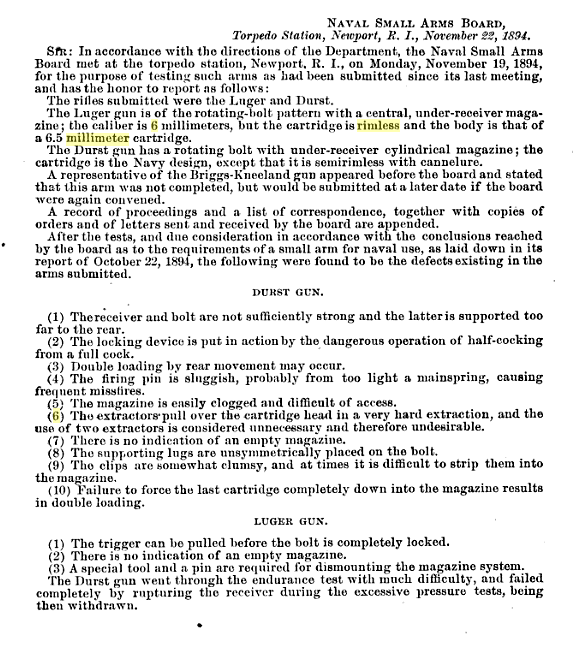
Page 306: Note the date of November 22, 1894. The rimless cartridge referenced is a proprietary 6mm round, unrelated to the Navy project.
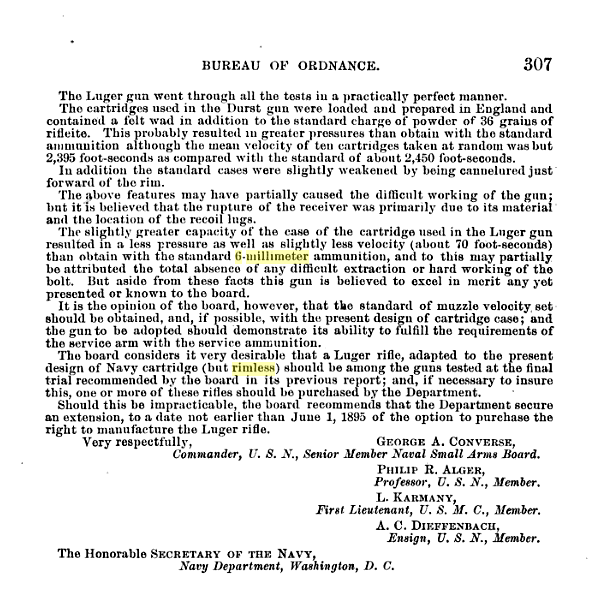
Note the discussion of rechambering the Luger rifle to a rimless version of the Navy’s 6mm round, which at this point was still rimmed.
By July of the next year, however, the Navy had not only tested a rimless version, but it seems they had decided on it:

On page 268, the second paragraph is ambiguous as to whether the rimless version is the current focus of the program or not.

The Navy appears to have narrowed its choices down to something. The manufacturers are ready for production, says this paragraph on page 269.
By page 272, the record is clearer that the rimless cartridge has been chosen for production:
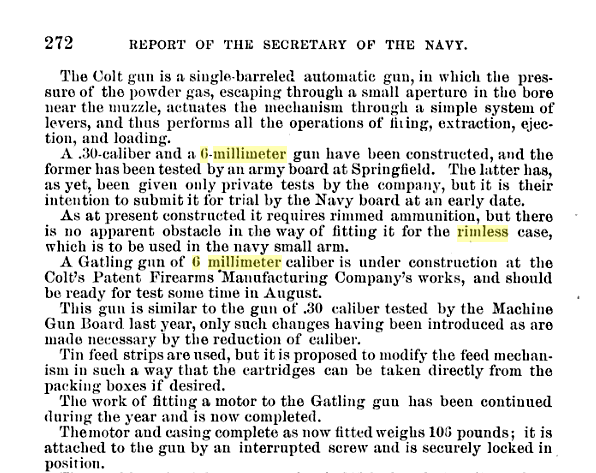
According to IAA Forum, 30,000 rounds of .236/6mm Rimmed ammunition were manufactured, most likely in support of the weapons described in the second paragraph of the report.
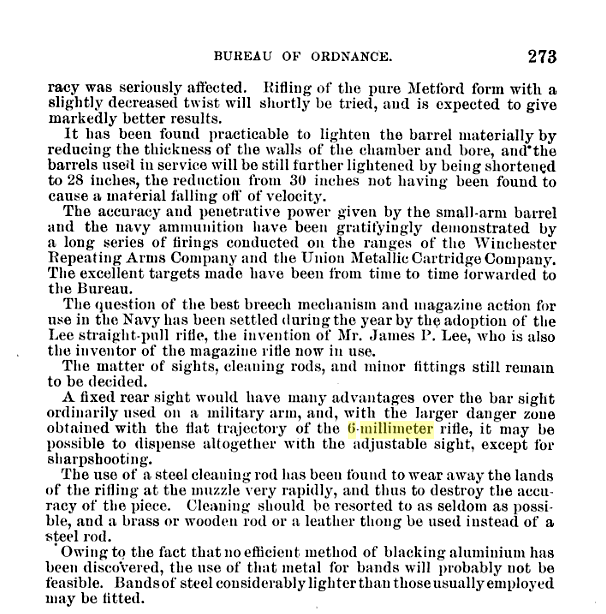
Note that the Navy is already having difficulties with the rifling wearing too quickly. A potential solution is the Metford rifling, adopted by the British for their Lee-Metford rifle in 1885.
The discussion of ammunition continues on page 274:
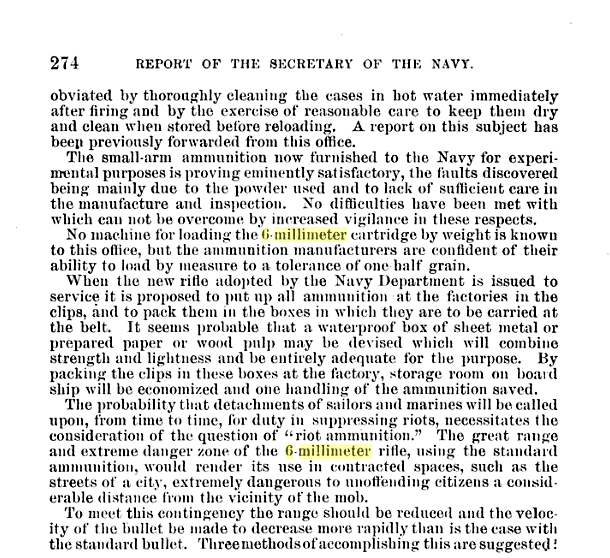
Hopefully these documents shed some light on exactly what rounds were being trialed when. It does seem to make clear that the round adopted by the Navy in 1895 was indeed rimless, supporting the explanation for the semi-rimmed .220 Swift that the rim was simply expanded to match the common .473″ bolt face. The rimmed 6mm round itself went on to have a short-lived commercial career, as well, being made for the Winchester 1885 single-shot rifle for a brief time. As far as this author knows, no semi-rimmed 6mm USN ammunition was ever made by official order.
Finally, as for whether the 6mm USN was based on the 6.5 Carcano, we can reference two French cartridge drawings from the period for our answer:
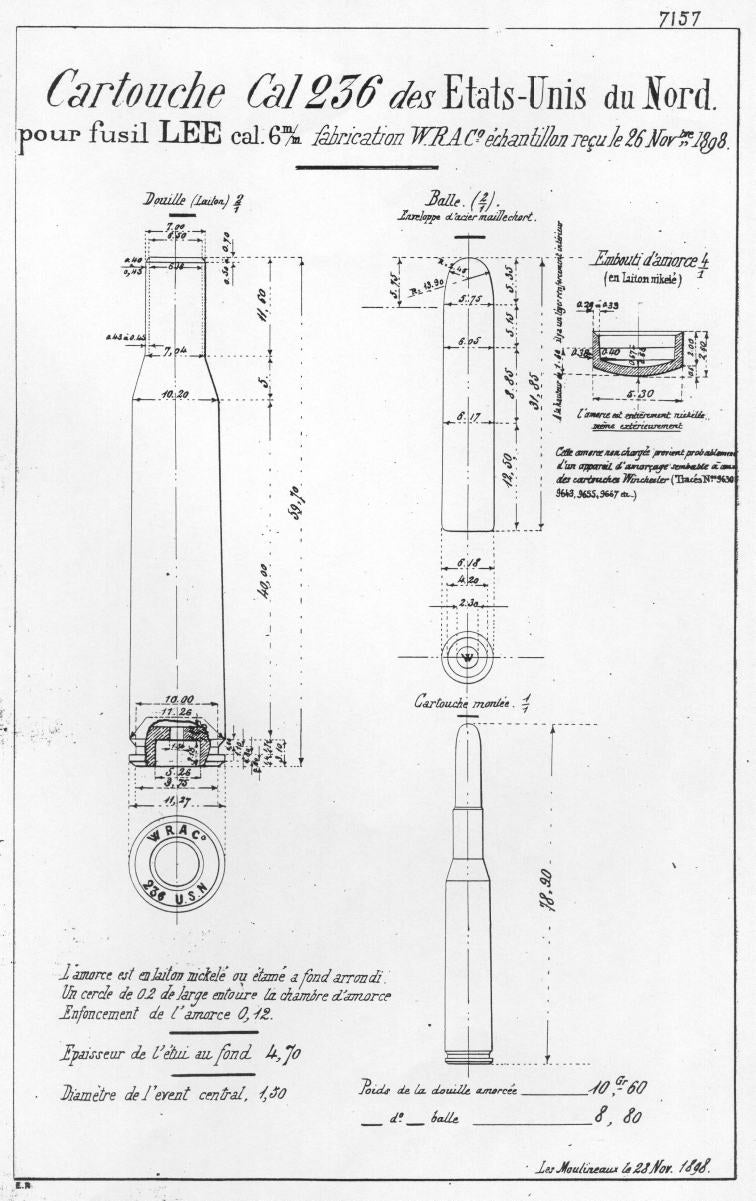
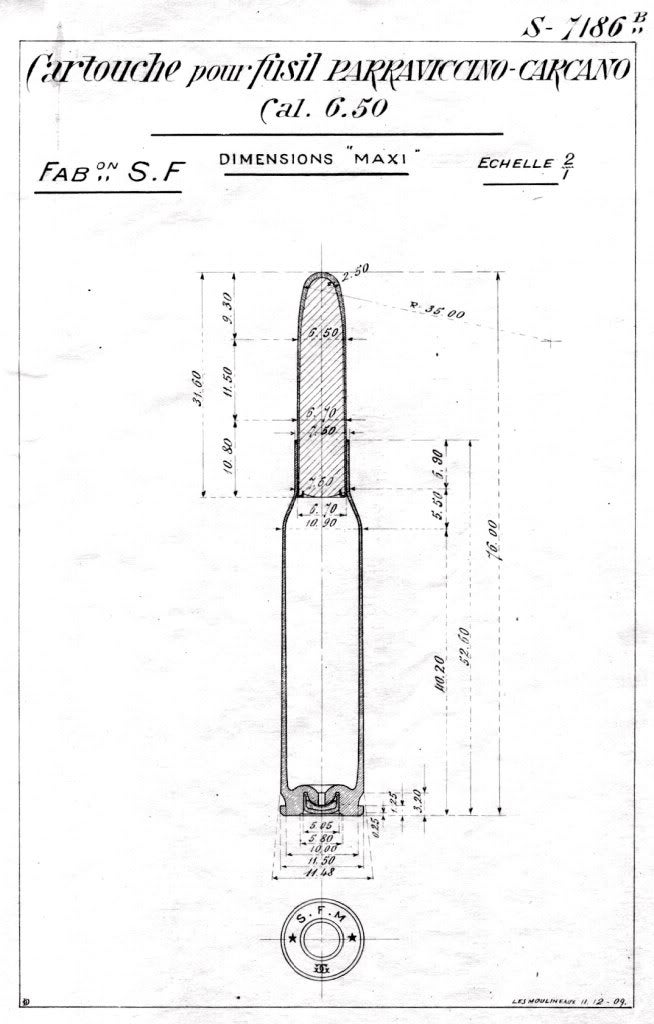
Both rounds have substantially different rim dimensions. The rim diameter of the 6mm Lee Navy is listed as 11.27mm (.444″), compared to the 6.5 Carcano’s 11.50 (.453″), the Navy round’s rim thickness is 1.4mm, considerably thicker than the 1.25mm rim of the Carcano, and the extractor groove of the 6mm is significantly deeper. While cross-pollination of designs from Europe was certainly possible in this period (as evidenced by the Metford rifling being referenced in the document above), the case head dimensions of the two rounds, evidenced by drawings from the time, just do not match.
 Your Privacy Choices
Your Privacy Choices
